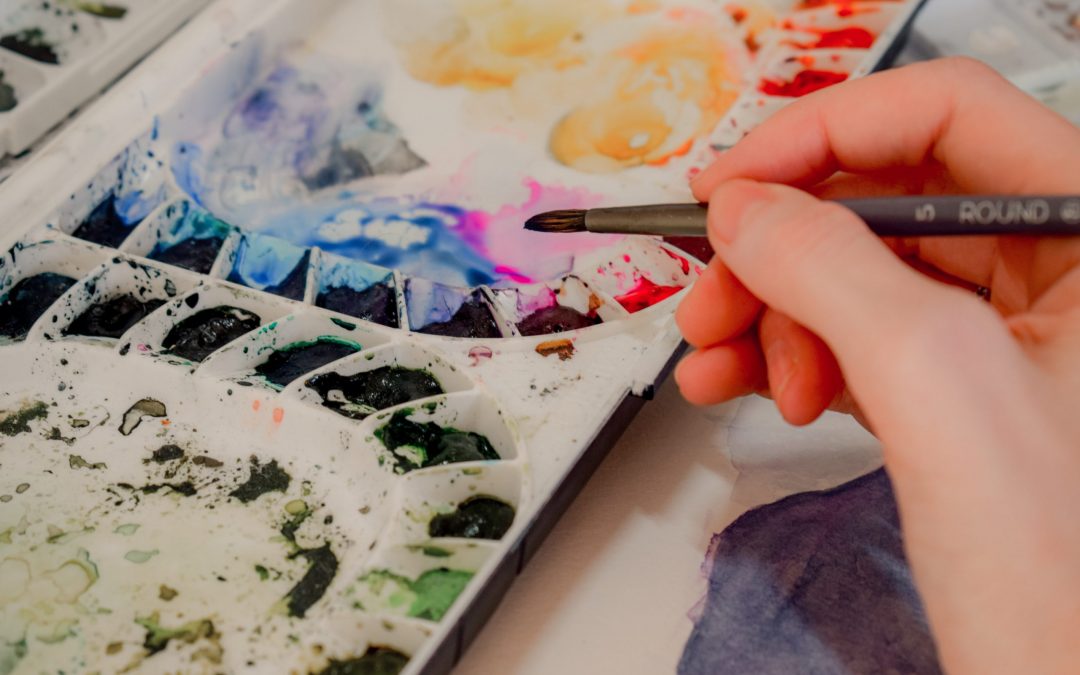Who hasn’t picked up a pen or pencil to doodle alongside the edges of a piece of paper? I am going to guess a few of us answered yes—because you see—we, as humans, innately reach for a means to make marks to express ourselves. And simply put…that reflexive human nature of expression is what art therapy brings to a counseling session. It is the freedom, and ability, to say things that you may not even be aware of, until you visually see the message.
Art therapy is a truly effective process used in both mental health and rehabilitation settings, as well as medical, educational, and in private practice and small-group settings. Individuals, families, couples and groups use art to work through many different types of issues. It is especially effective for persons experiencing developmental, medical, educational, social, or psychological difficulties. It is not an art class where the creative is heavily involved in a finished art product, but rather a place where different art media and the creative process helps to reconcile emotional conflicts. As with doodling—you don’t have to have any special art abilities—but rather an open mind and heart that needs a place to speak.
Most people are not aware that Art therapy has been a distinct and focused mental health practice since the 1940s to assist WWI veterans. Accredited art therapists are trained mental health providers who use both therapy and art together. It is grounded in both psychological theories and counseling techniques, as well as human development. It is an opportunity for persons to speak in multiple ways during a therapy session. All ages can identify their feelings and perspectives to help with their emotional conflict, anxiety, PTSD, and grief, while all the while developing self-esteem and social skills. I believe it to be a holistically calming, more meditative way of approaching difficult subjects and counseling.
